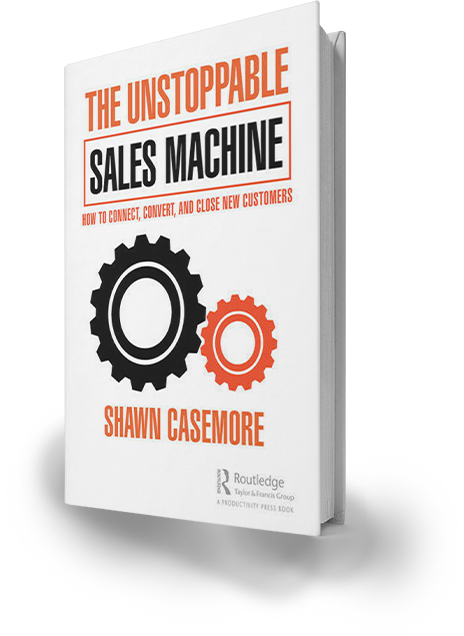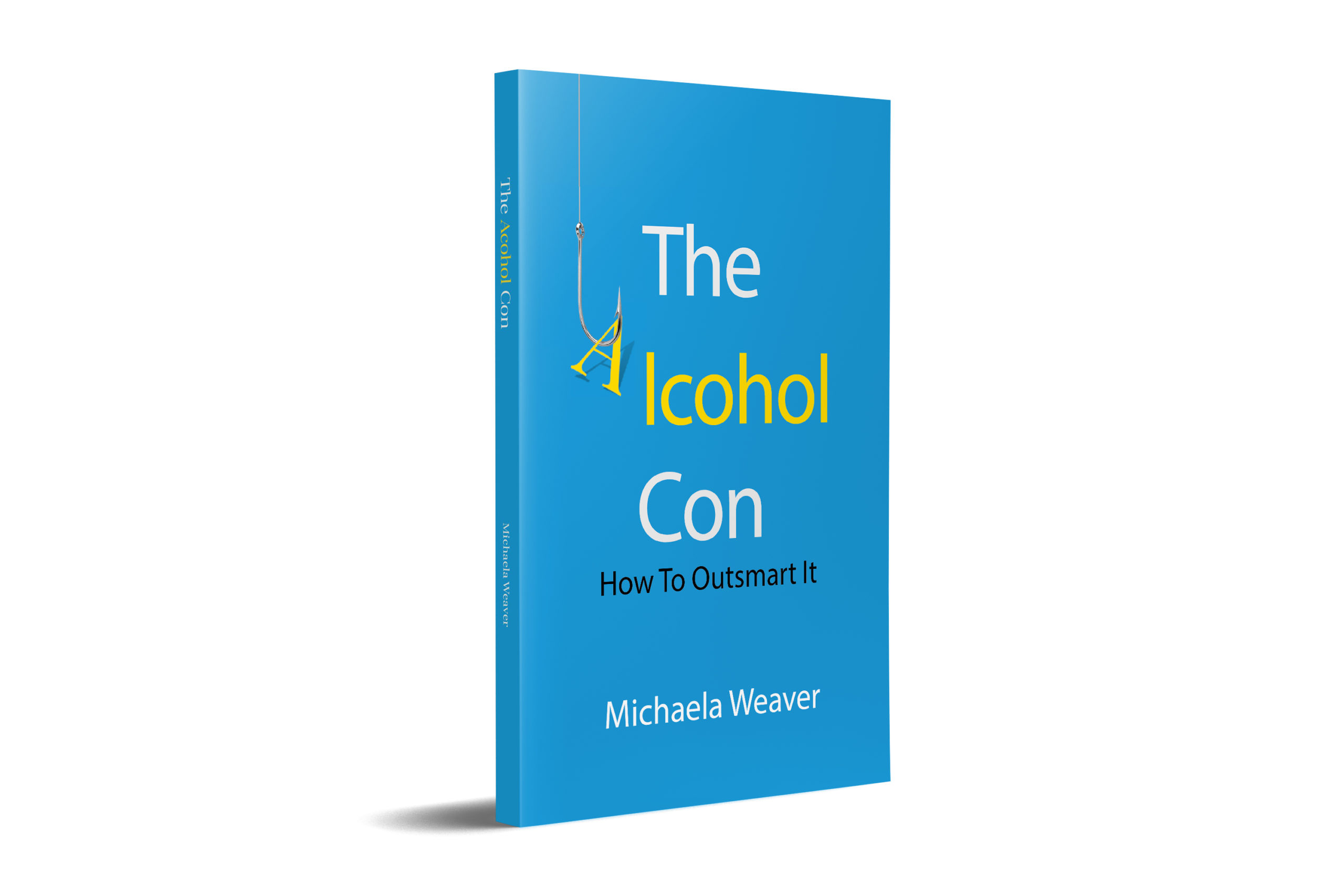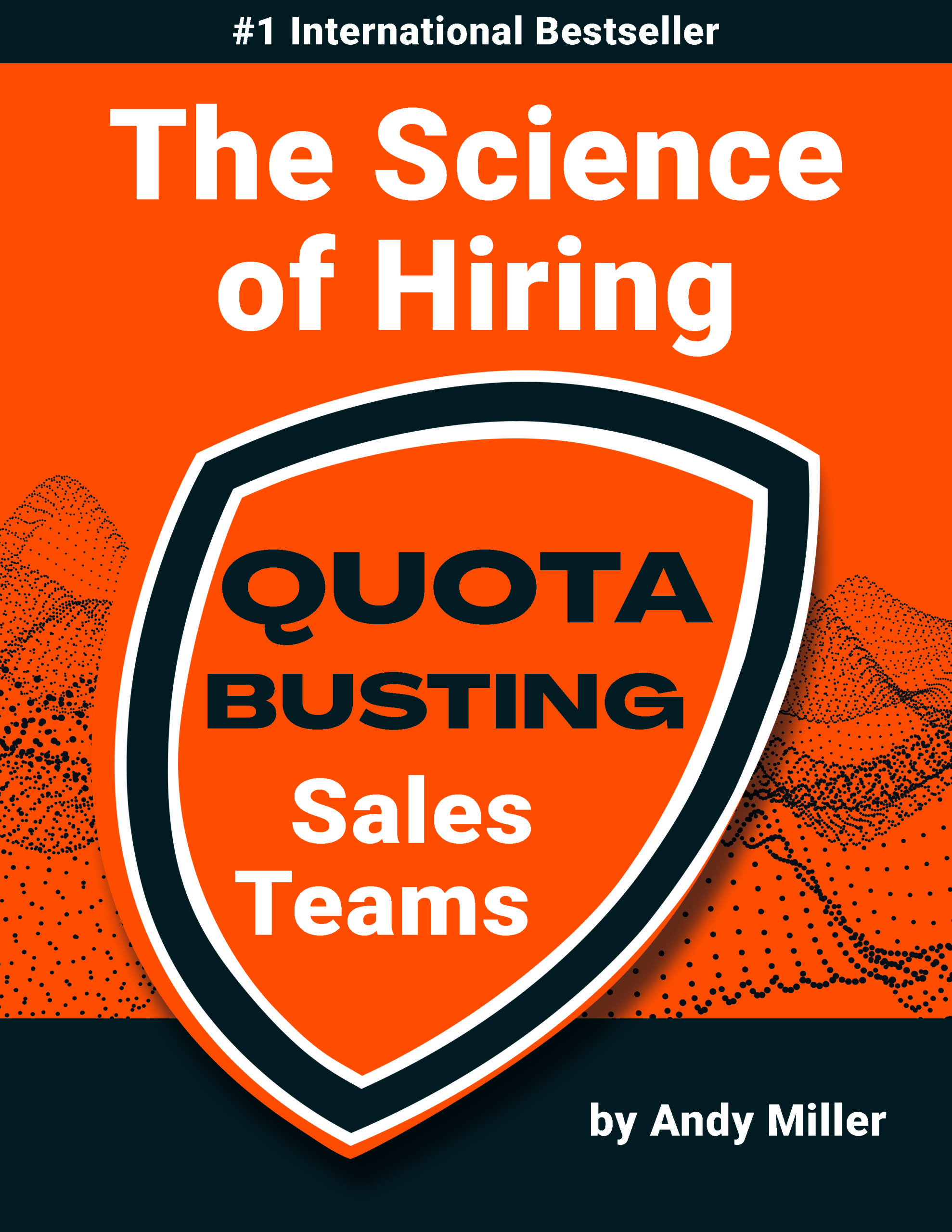The Barefoot Spirit
Michael Houlihan and Bonnie Harvey
About The Barefoot Spirit
It is hard to believe that such an iconic brand as Barefoot Wines began in a laundry room of a rented farmhouse in the Sonoma County hills. Even more surprising is that the people who started it were just an average business couple, Michael Houlihan and Bonnie Harvey, with no money and no real knowledge about the wine industry.
The part that isn’t a surprise is that, because of their lack of experience, and because the wine business is one massively complicated industry, they ran into difficulties and setbacks that regularly put the brand near death in the first two decades. What kept it going was an unshakable belief in Barefoot’s potential, Michael’s and Bonnie’s use of universal business principles, and their never-say-die outlook despite facing one seemingly insurmountable hurdle after another. Those hardships, that hustle, and their heart, are the essence of the Barefoot Spirit.
For years, Michael and Bonnie, the Barefoot Wine founders, have been asked to write a book about how this brand got started and became a best seller. “The Barefoot Spirit”, a NY Times Bestselling book, traces that history and tells the story of how an unknown novelty wine became an American icon. It chronicles the unlikely events that made it possible, and it lays out the cornerstone business and lifestyle philosophies that made it, ultimately, an enduring success.
If you like wine, the wine country, or a story about how a plucky little winery transformed an industry, if you want to know what it takes to really succeed in the face of adversity, if you want to know how to use your core beliefs to build a national brand, then “The Barefoot Spirit” is for you.
“An irreverent, eye-opening business memoir. Novice winemakers upend the industry’s pretensions while taking on the jungle of the retail beverage sector in this rollicking business saga.”
“Novice winemakers upend the industry’s pretensions while taking on the jungle of the retail beverage sector in this rollicking business saga.”
“An irreverent, eye-opening business memoir.”
-Kirkus Reviews [Read The Full Kirkus Review Here]
About The Entrepreneurial Culture
Does Your Company Culture Empower Your People to Think Like Owners? If any business is to thrive in the global marketplace, its employees must be engaged and empowered. In other words, they must think like owners. Problem is, few employees know how. Your job as a leader is to train them to think this way. Because entrepreneurial thinking is a natural extension of company culture, you may need to rebuild yours from the ground up.
Michael Houlihan and Bonnie Harvey—New York Times bestselling authors and founders of Barefoot, America’s #1 wine brand—know how to create the conditions that draw out and nourish people’s inner entrepreneurs. Here, they take the principles that empowered their own tribe of productive, creative and loyal employees to beat the odds and boil those principles down into quick, easy lessons you can put into practice right away. You’ll discover:
- – How to remove roadblocks to the entrepreneurial spirit
- – Why everyone at your company must ask questions (including you)
- – Why your people should embrace mistakes
- – How to find and hire people with entrepreneurial DNA
- – How to foster innovation by getting out of your people’s way
- – How to drive results with performance-based compensation
Houlihan and Harvey started the Barefoot Wine brand in their laundry room in 1986, made it a nationwide bestseller, and successfully sold the brand to E&J Gallo in 2005. Starting with virtually no money and no wine industry experience, they employed innovative ideas to overcome obstacles and create new markets. Today, they are sought-after entrepreneurial thought leaders, consultants, corporate trainers, keynote speakers, and workplace culture experts with hundreds of articles in national and professional publications.
In The Entrepreneurial Culture, 23 Ways to Engage and Empower Your People they take everything they know about the spirit of entrepreneurship and teach C-Suite leaders how to infuse it into their company cultures to engage and empower their employees. The book perfectly complements the lessons from the authors’ New York Times bestselling business book, The Barefoot Spirit: How Hardship, Hustle, and Heart Built America’s #1 Wine Brand. Together, these books will give your company the edge it needs to thrive and boost the bottom line.
Purchase your copy of The Barefoot Spirit and exclusively through this C-Suite portal, also obtain a BONUS copy of the companion book, The Entrepreneurial Culture (forward by Jeffrey Hayzlett).

Michael Houlihan and Bonnie Harvey, founders of Barefoot Wine and authors of the New York Times Bestseller The Barefoot Spirit, share with Bizcast host Kevin Craine the creation of the famous Barefoot Wine, establishing an entrepreneurial culture in the business, and give a sneak peak into their new book on that subject: The Entrepreneurial Culture. Michael and Bonnie answer the hard c-suite question: How do you create an entrepreneurial culture within a business and empower employees to act with an entrepreneurial spirit.
About Think Like a Two-Division Company: Sales and Sales-Support

As corporations grow larger, they tend to forget their humble beginnings. When one to three people started out in a garage — desperately trying to stay in business and pay the bills — it was impossible not to put the customer on top every day and in every way. Production and marketing regularly had to alter their pitch and product to be in line with ever-changing customer demands. They had to listen to, and immediately act upon, the recommendations of the sales people and the customer service people if they wanted to compete with their bigger competitors. To the founding entrepreneurs, every complaint was golden. They knew that there were a thousand other people out there who never bothered to voice their concerns. Those were the days of true entrepreneurial culture! It wasn’t planned, infused or fostered – it was required!
As the garage business grew and became more successful, divisions of labor appeared to be more efficient. Standardization was implemented to reduce costs. Chains of command appeared to be more effective. Far from the horizontal garage business structure where everybody knew everything and everybody was selling, the company began to resemble a pyramid structure: C.E.O., vice-presidents, division, department, sections, groups, and teams. Somewhere down on the ladder were the sales and customer service people. These are the only people who actually talk to the customer every day. So how can corporate pyramids put the customer on top when they put sales on the bottom? We like to say, “Pyramids are for dead pharaohs!”
No matter how many divisions your company might have, it has only two functions: sales and sales- support. Everyone who is not in sales – and that includes the CEO, administration, accounting, production, marketing, legal, IT, and even the receptionist – is in sales-support. This was obvious back in the garage startup days. It resulted in an engaged and empowered team, very clear on where their salaries, benefits, and bonuses came from: the customer – through the sales people.
The two-divisional mindset saved our company from the ridged, corporate pyramid structure and its detrimental effects on communication, innovation and engagement. When we thought of our employees as being in either sales or sales-support, we were able to remove the barriers to creative thinking and reformed the entire industry. Here are some simple things we provided to our people to help build a two-division mindset:
One was an organization chart we gave to all new hires. It had 4 vertical boxes. The top box read “The Customer,” the next box down was “Sales,” followed by “Sales- Support” (everybody not in Sales), and the bottom box read “Not Employed Here!” The message was clear: if you’re not selling, you are not supporting sales.
Another handout to new hires was an infographic entitled “The Money Map.” This showed the end-user customer paying money to the retailer to receive our product. Then it showed the retailer paying his bills, reordering our product from our wholesaler, and keeping a bit of profit for himself. Next it showed the wholesaler delivering our product to the retailer, collecting a percentage of the original customer’s money from the retailer, paying her bills, keeping some profit and reordering our product from us, the producer. It then graphically displayed our company delivering our product to the wholesaler and collecting just a fraction of what the original customer paid. It showed us paying our bills, putting a bit aside for growth, and using what was left to pay our entire staff, including the new hires’ salaries, benefits and bonuses. The message was clear: all the money comes from the customer through sales and the distribution channel.
We enforced our concept that all money comes from sales by making a part of everybody’s compensation plan based on sales, growth, and profitability. We made it in the form of a bonus, a benefit, and a 401K match based on the quarterly sales numbers. Our people quickly discovered how their jobs, regardless of title and specialty, effected sales. They looked for ways to better support the sales team with timely reports, top-priority responses, more effective marketing materials, improved products and better customer service.
Two-division thinking worked for us and helps our clients today. Maybe it’s time for corporations to get back to the garage.
Best Seller TV
Best-selling authors Michael Houlihan and Bonnie Harvey share their insight and expertise into why c-suite leaders must always keep an entrepreneurial mindset, and instill that entrepreneurial spirit company-wide is unique.
About the Authors
Michael Houlihan and Bonnie Harvey, authors of The Barefoot Spirit: How Hardship, Hustle, and Heart Built America’s #1 Wine Brand, started the Barefoot Wine brand in their laundry room in 1986, made it a nationwide bestseller, and successfully sold the brand to E&J Gallo in 2005. Starting with virtually no money and no wine industry experience, they employed innovative ideas to overcome obstacles and create new markets.
They were pioneers in what they termed “worthy cause marketing” and performance-based compensation. They held a comprehensive view of customer service, resulting in the National Hot Brand Award for outstanding sales growth in 2003 and 2004.
They were recipients of the 2014 Distinguished Entrepreneur Speaker Award from the Turner School of Entrepreneurship and Innovation at Bradley University. They were the keynote speakers for the 2014 World Conference on Entrepreneurship (ICSB) in Dublin, Ireland. Harvey was also the keynote speaker at the ICSB 2014 TESS Women’s Entrepreneurship Forum. Houlihan and Harvey keynoted the 2014 SOCAP Symposium (Society of Consumer Affairs Professionals in Business) and have also spoken at more than 25 universities including the Universities of Texas, Florida, North Carolina, and Purdue.
Their book, The Barefoot Spirit, chronicles the history and lessons learned building the popular Barefoot Wine brand.
























